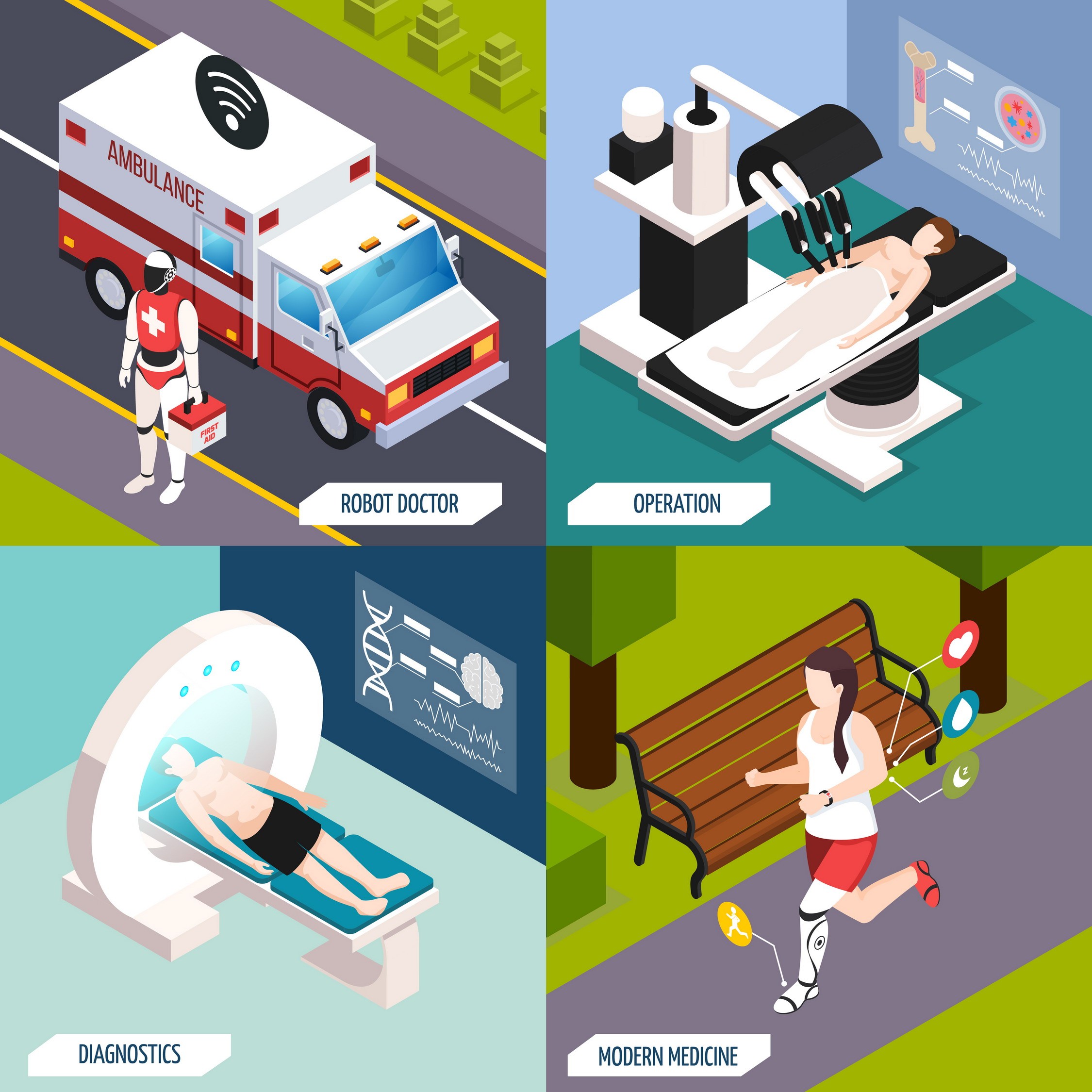NEWS

According to a report released by National Institutes of Health in 2016, the population of aged 65 and over is projected to jump to nearly 17% of the world’s population by 2050 (1.6 billion). To add on, global life expectancy is projected to increase by almost 8 years, climbing from 68.6 years in 2015 to 76.2 years in 2050. Together with the rise of chronic illness, this will, increase the demand in healthcare and push the current systems beyond its limit and capabilities. Hospital staffs will be asked to do much more than what they can handle. To make matters worse, societies have rising expectations for more and better health services. Hospitals and healthcare facilities will face difficult times balancing expectations against available resources.
Technological advancement has dramatically changed the landscape of healthcare. With the introduction of innovative healthcare solutions; such as biosensors, wearables, and mobile applications, healthcare providers have access to real-time health data to access patient records and provide patient care remotely. IDC forecasts that by 2025, the global data sphere will grow to 163 zettabytes. The data wherever at a nursing station, in the backend server, or the device itself are critical to improve the future of healthcare and to reduce costs. As data becomes easily accessible, AI and machine learning (ML) are slowly becoming mainstream at the clinical level. Whether during a robot-assisted surgery, virtual nursing assistant, or administrative workflow assistance, it reduces the burden on healthcare professionals while providing a better quality of care tailored to each patient.
IoT in the healthcare industry continues to thrive; however, some challenges need attention including interference, interoperability, communication protocols, and data security and privacy. This article will focus on interference/coexistence.
There has been a radical shift from wired to wireless medical devices, employing numerous different protocols: Wi-Fi, Bluetooth, and others. As many of these wireless technologies share the same RF spectrum, they are bound to interfere with the operation of other devices present. Therefore connected medical devices require testing to ensure their ability to operate correctly in the presence of other equipment. Healthcare facilities today have an average of 75,000 IoMT devices competing for connectivity. Hospitals have particularly dense deployments, most of which operate in the heavily congested 2.4-GHz band. So the ability of coexistence (or the ability of a device to operate in the presence of other devices) is essential for stable, reliable communication in healthcare IoT. This is especially important in healthcare, where interference can cause connectivity failures or corrupted data in life-saving equipment like pacemakers and IV pumps. Performing coexistence tests early in IoMT device development can help avoid these critical interference issues. To execute proper coexistence testing, designers first must understand the interferences present as well as the target environment's frequencies, protocols and signal strengths and the required functionality for a device's wireless performance. These insights will inform testing strategies that can ensure reliable performance alongside other smart devices.
Essential criteria for effective test methods:
One of the key aspects of effective test methods is how well the test reflects the intended deployment environment. With respect to EMC tests, this requires a detailed knowledge of the environment. Field measurements at targeted facilities will provide baseline power levels and spectrum activity over time that will support the development of general test waveforms.
Several considerations arise when considering either new or refined tests for EM interference or coexistence:
- Test methods should be radiated in order to have the highest chance of correlation with real-world conditions. This will require calibration of the test environment. In the case of electromagnetic reverberation chambers, this will require calibration of dielectrically loaded chambers in order to create an environment that emulates the real-world.
- Testing will likely require the establishment and maintenance of a communication link as part of the test construct, which is a departure from traditional EMC tests. This also means that the testing environment will require isolation between the base station/controller and the DUT. Thus, multiple chambers may be needed as the shielding of a single chamber may not be sufficient. These setups may include any combination of reverberation and anechoic chambers.
Regardless of the underlying sharing approach, the competition for spectrum access creates interference and coexistence challenges. Interference in its basic form is simply an unwanted RF signal or emission that disrupts the communication link. However, robust testing requires knowledge of multiple interfering signal characteristics, such as the power level variations, transmission duty cycles, frequency location (e.g. in-band versus out[1]of-band and harmonics). Coexistence testing, in contrast, requires simultaneous measurement of multiple system parameters from a heterogeneous mix of communication technologies.
The architecture of an IoT device is even more complex, for example, a smart medical device may need to interface with Wi-Fi, Bluetooth, ZigBee, and long-term evolution (LTE) before it can perform. The device hardware will have to deal with the added electromagnetic interference complexity while complying to the strict medical regulations. Ultimately, design and test engineers need to stretch their design skills to understand the device architecture and the applications it supports. It all must be tested separately, as well as together, to ensure they can withstand the rigors of the real world.
Data sources: keysight.com; nvlpubs.nist.gov
